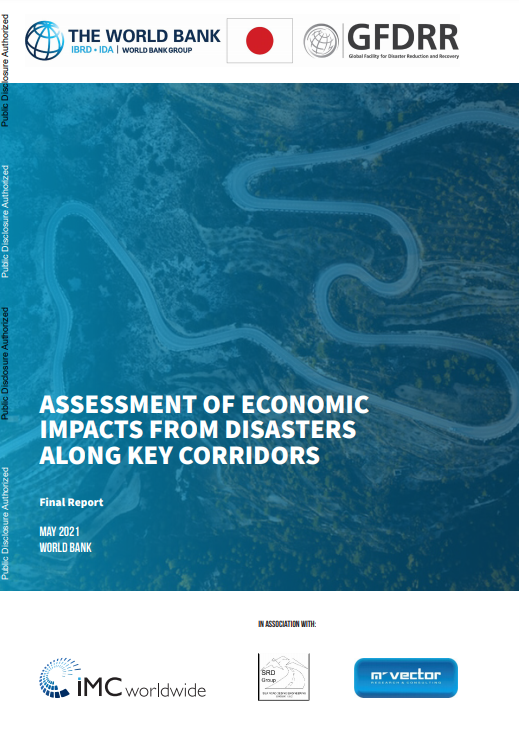Given its geographic characteristics, Tajikistan’s sub-national and international connectivity is severely constrained by exposure to various natural hazards. Roads are regularly cut off by hazards, significantly impacting local communities and affecting the economic activities of the country. Through road inspections and socioeconomic assessment of key transport corridors, the total annual costs of disasters affecting the road network has been estimated at 0.5 percent of national GDP, potentially rising in the future due to climate change. Cost-benefit analysis of a proposed program of mitigation measures for identified hazard sites indicates that for a number of road sections disaster risk reduction investments would be economically viable. In other cases the large costs of certain proposed risk reduction measures on roads with limited traffic and only a small number of disasters are not viable; for these situations alternative lower-cost approaches such as early warning systems should be explored.
Tajikistan: Assessment of Economic Impacts from Disasters Along Key Corridors
May 1, 2021 Read this publication

